A novel implantable medical device designed to treat Pulmonary Hypertension (PH)
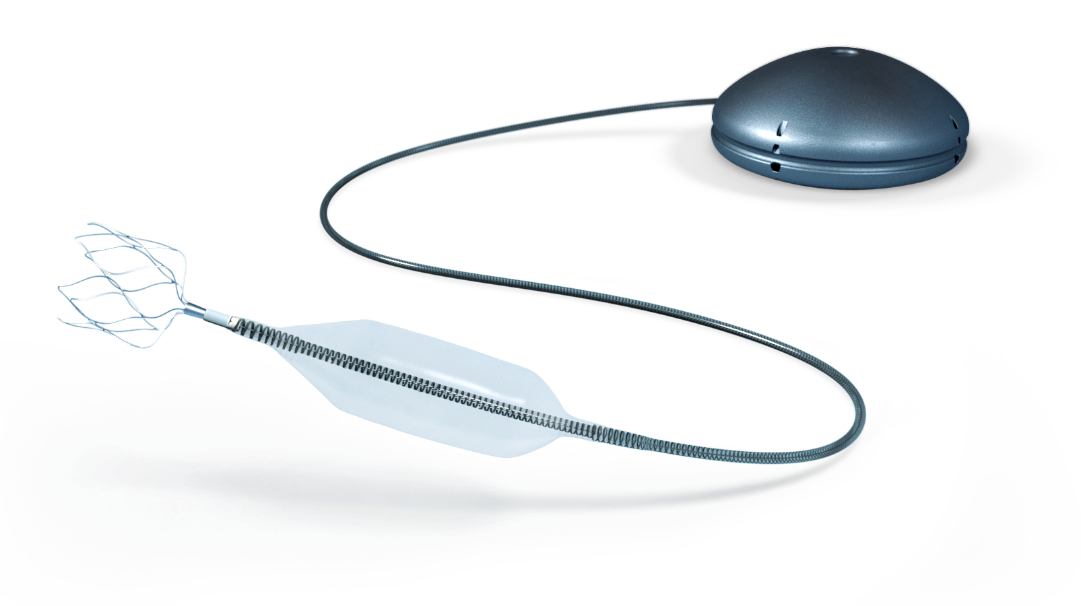

The Challenges of Pulmonary Hypertension (PH)
Pulmonary Hypertension (PH) is a progressive and deadly disease that impacts up to 70 million people worldwide, according to Lancet in 2016. PH occurs when the pulmonary arteries’ walls start to stiffen and can no longer properly stretch to accommodate blood flow. The average pressure in a healthy person’s pulmonary arteries is normally quite low. In patients with PH, the pressure is elevated, and their vessel walls thicken and narrow. These changes restrict blood flow and reduce vessel stretch during each heartbeat, resulting in increased pressure and workload on the right side of the heart.
Aria CV’s Device
Aria’s device is designed to treat a form of PH called World Health Organization (WHO) Group 1 PH, also known as Pulmonary Arterial Hypertension (PAH). The walls of a healthy pulmonary artery are highly elastic, but in PH they become stiff. The stiffening increases the workload on the heart and reduces the amount of blood flow the heart can deliver to the body. The excess workload can, over time, lead to right heart failure. Aria’s device is designed to mimic the function of the healthy vessels by restoring compliance to the pulmonary vessels. By doing so, it enables the heart to pump more blood for less energy. These effects have the potential to improve the ability to exercise while reducing the burden on the heart.
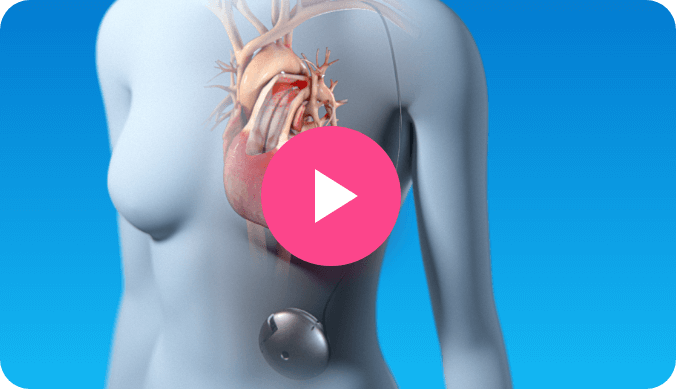
Implant procedure is similar to established cardiac devices
Flexible, gas-filled balloon placed in the main pulmonary artery, connected by a catheter to a hollow reservoir
Aria’s device mimics the function of a healthy pulmonary artery
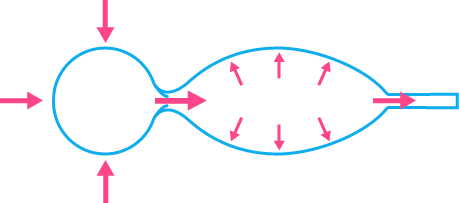

During systole (heart ejecting blood into pulmonay artery), the normal vessel expands to make room for the incoming stroke volume. Aria’s device mimics this function by collapsing during systole.
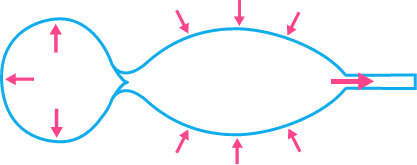
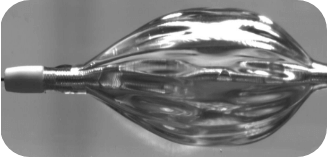
During diastole (heart filling with blood), the normal vessel walls recoil which keeps blood moving through the cardiac cycle and maximizing cardiac output. Aria’s device does this by expanding during diastole.


